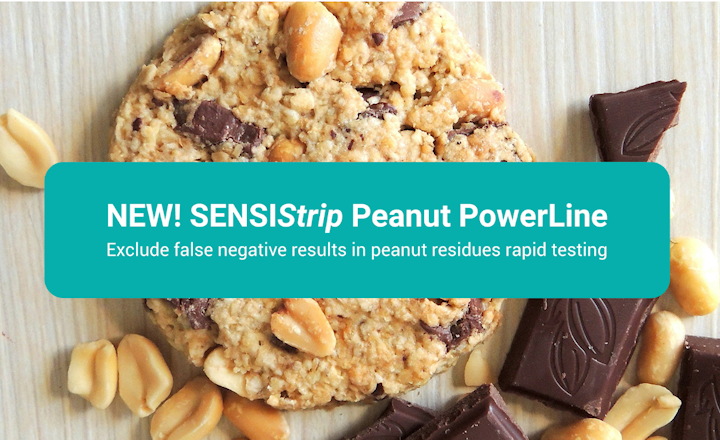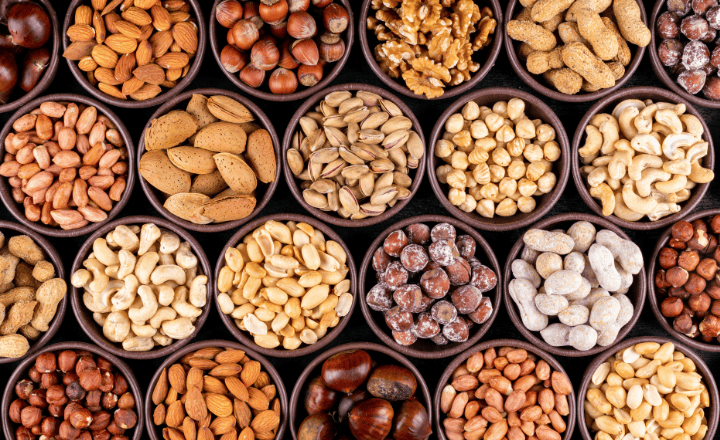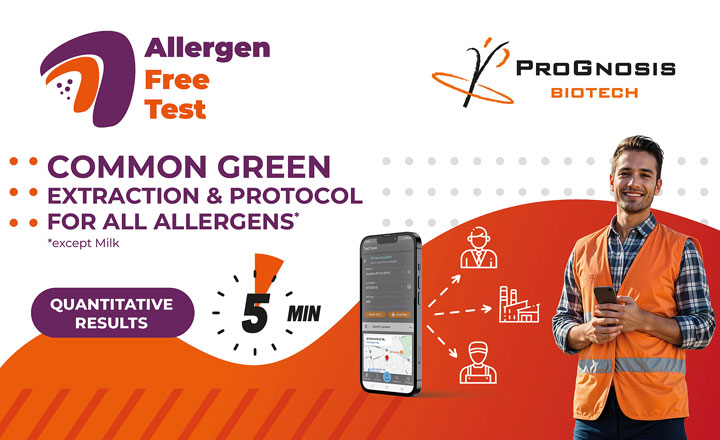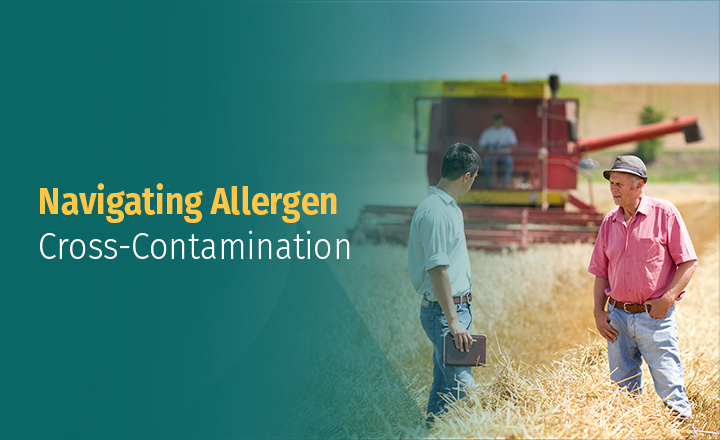With the recent publication of the FDA's new gluten-free regulation, verifying that products meet the new definition through analytical testing has taken on heightened importance for food manufacturers. Silliker, a Mérieux NutriSciences Company, have implemented the RIDASCREEN® R5 technology for the analysis of gluten in foods.
Developed by R-Biopharm, RIDASCREEN®, a quantitative sandwich enzyme immunoassay, tests for the presence of the R5 monoclonal antibody as recommended by Codex Alimentarius. Approved by the AOAC INTERNATIONAL’s Research Institute, RIDASCREEN® is widely accredited for the quantitation of gluten prolamins in food.
FDA has issued notice that it will employ this new technology as part of its rule enforcement activities. Silliker, the leading international network of food testing and consulting laboratories, provides extensive food allergen testing services at its laboratories across North America. The RIDASCREEN® technology will be available at its Crete, IL, and Markham (ONT, Canada) locations. Under the new FDA definition, the meaning of "gluten-free" claims has been standardized across the food industry. To use the term "gluten-free" on its label, a food must meet all of the requirements of the definition and must contain less than 20 parts per million of gluten. The rule also requires foods with the claims “no gluten,” “free of gluten,” and “without gluten” to meet the definition for “gluten-free.” The final rule applies to all FDA-regulated packaged foods, including dietary supplements.
Manufacturers have until August 5, 2015 to bring their labels into compliance with the new requirements. According to industry estimates, gluten-free product sales are expected to exceed more than $5 billion by next year.
For more information on Mérieux NutriSciences, log on to www.merieuxnutrisciences.com.






















